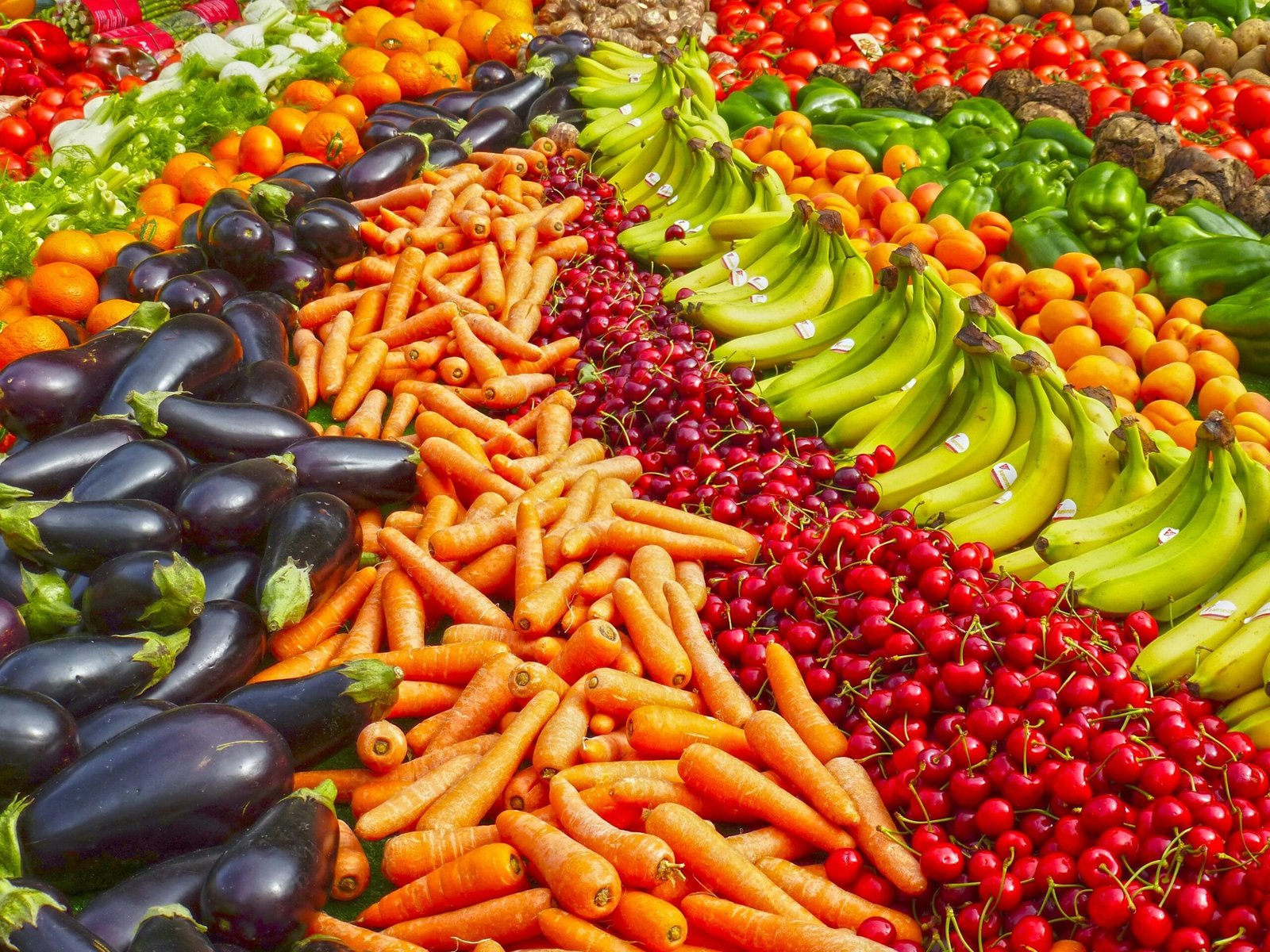Silk Microneedles: An Innovative Approach to Post-Harvest Preservation

By Dr Oluwatobi Oni
Food waste remains one of the most pervasive and preventable challenges in today’s global food system. Every year, over 30% of the food produced annually is lost or wasted, with this portion, if redirected to hungry populations, estimated to be sufficient to feed over a billion people. Perishable produce such as fruits and vegetables are the most affected, with up to 50% lost between harvest and consumption due to inadequate or ineffective preservation techniques. In low and middle-income countries, these losses are often exacerbated by limited access to cold chain infrastructure. Managing these challenges requires innovative, scalable solutions that go beyond often energy-costly refrigeration systems and spraying of chemical preservatives which can have indirect toxicity or off-target effects. This article explores how a promising new technology, biodegradable silk microneedles which can be used to precisely and effectively deliver natural preservatives may change how crops are preserved, and food waste is prevented from field to fork.
Silk Microneedles Deliver Precision Preservation
Silk microneedles are mechanically robust biomaterials inexpensively fabricated from silk fibroins. Silk fibroins are proteins extracted from the cocoons of silk moth, Bombyx mori. Silk microneedles have been previously explored for clinical use in drug delivery. In plants, they have been used to deliver biomarkers, growth regulating hormones, and nutrients to plant tissues with minimal damage. The technology is now showing remarkable potential for postharvest preservation and shelf-life extension, potentially having a major impact on global food waste reduction.
In a recent study, Han et al. tested melatonin-loaded silk microneedles for preserving harvested Pak choy, a leafy vegetable known for its short shelf life. Melatonin, a natural plant hormone that delays ageing, was delivered directly into the plant’s vascular system via the microneedles. This resulted in an increase in shelf life by four days at room temperature and ten days under refrigeration, surpassing the results of traditional spray treatments with melatonin. Moreover, the microneedles maintained visual quality, reduced moisture loss, and maintained chlorophyll levels, all while avoiding the excess moisture and inconsistent absorption associated with sprays and dips.
Safe, Eco-Friendly and Sustainable
The likely global success of silk microneedles for post-harvest preservation will not only be driven by their effectiveness but also their ecological compatibility and potential safety for humans, animals and plants.
Silk microneedles are edible, and non-toxic. They also dissolve within plant tissues after delivering their cargo and degrade naturally in soil and water, leaving no residue. This makes them highly suitable for use on edible crops and in organic or sustainable farming systems. Importantly, the technology does not rely on electricity or specialist infrastructure, making it viable in low-resource contexts.
In addition, the microneedles can be adapted to carry a range of preservation agents and nutrients, offering flexibility across different crop types and farming conditions. In a global context where sustainability has become the “watch word”, this technology represents a novel, low-impact, high-precision solution for post-harvest preservation.
Smarter Preservation for Longer Freshness
The possibility offered by silk microneedles to deliver active compounds exactly where and when they are needed, with controlled dosing and minimal waste represents a shift from broad, surface-level treatments to targeted, internal preservation. This means fresher produce for longer periods without the need for precooled storage or energy-intensive supply chains. For farmers and suppliers, it could help achieve reduced losses, improved marketability, and potentially higher incomes. Moreover, consumers will have access to high-quality, nutritious produce for longer. As global food systems come under pressure from climate change, resource scarcity and population growth, technologies such as silk microneedles offer a way to do more with less, while ensuring that more of what we grow reaches the plate.
Clearing the Path to Market
Despite its potential, the commercialisation and public acceptance of silk microneedle technology for crop preservation will depend on regulatory approvals across jurisdictions. This process will require rigorous validation and clear communication of its safety for humans, plants, animals, and the environment. Moreover, existing risk assessment frameworks may also need adaptation to account for this novel active substance delivery mechanisms. Early engagement with regulators, through pilot programmes or adaptive pathways, will be helpful to streamline market entry, and enhance the potential of the silk microneedle technology to play an impactful role in reducing postharvest food waste globally.
Looking Ahead
The silk microneedle technology presents a precise, sustainable approach for post-harvest preservation and shelf-life extension without energy-intensive methods. Their potential safety, scalability, and adaptability position them for global impact for food security. Regulatory approvals will open the pathways for global commercialisation, enabling the technology’s potential as an eco-friendly, cost-effective innovation suited to diverse supply chains.
How We Can Help
At Braintree Innovation & Research Advisory, we help agri-food innovators and investors turn ideas into impact through technology due diligence, regulatory strategy advisory, and product development support. Leveraging our extensive network of experts, we help ensure promising innovations are safe, scalable, market-ready and positioned to drive sustainable growth across diverse food systems. To learn how we can support your innovation journey, contact Braintree Innovation & Research Advisory.

